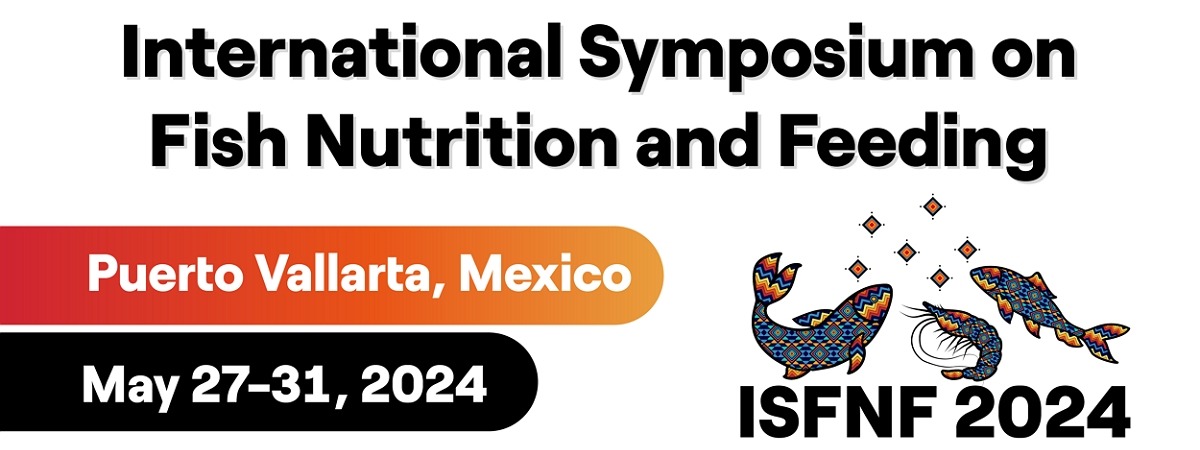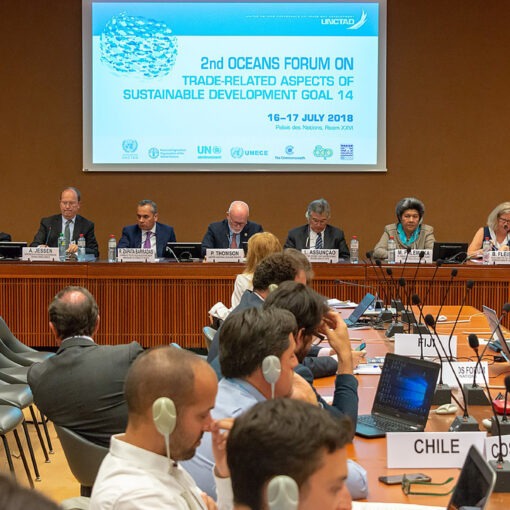Visitas: 243
The Food and Agriculture Organization of the United Nations (FAO) has just released the ‘Food Outlook’ report, in which it reveals that it expects global fisheries and aquaculture production in 2022 to increase by 1.5% to 184.6 million tons. With its projections, FAO explains that growth in the aquaculture sector recovered from last year, by 2.9 percent, to 92.2 million tonnes.
However, FAO notes, this figure should be treated with caution, since input costs are on a long-term growth path, which together with other factors, such as energy costs, are contributing to a slowdown in growth of 0.2 percent year-on-year.
The report provides forecasts of supply and demand for food commodities, fish and fishery products, along with price analysis and policy information. The special part of this report focuses attention on recent trends in world food trade, with particular emphasis on how commodity flows have been measured during the COVID-19 pandemic.
Committed to supporting sustainable aquaculture sector
Aquaculture and fisheries still face sustainability challenges, but as trade in the sector continues to grow, its contribution to food security and the safeguarding of livelihoods remains critical, QU Dongyu, Director-General of the FAO, said at a virtual meeting of the 18th Session of the Committee on Fisheries (COFI) Sub-Committee on Fish Trade. “FAO is committed to continue supporting Members to create a sustainable, inclusive, resilient and empowering fisheries and aquaculture sector,” the Director-General said.
This meeting of the world’s leading forum for discussions and decisions on fisheries and aquaculture trade, attended this time by more than 300 delegates from 65 members and observers, was the first since the outbreak of the pandemic. The previous Sub-Committee meeting took place in Vigo, Spain, at the end of 2019.
“The pandemic’s effects on production, supply systems and markets caused significant disruptions and changes in the fisheries and aquaculture sector. Now, the sector’s resilience is being tested again as the effects of the war in Ukraine, as well as other conflicts around the world, are adding to the complexity of global operations of fisheries and aquaculture products,” the FAO Director-General told the meeting.
Changes in the consumer behavior and demand adjustments
Fisheries and aquaculture products are among the most internationally traded food commodities, involving more than 225 countries and territories, and are worth some $150 billion a year.
“Supply shortages for traditional fish species, rising transportation and fuel costs, and an overall price increase have resulted in changed consumer behavior and demand adjustments, which have affected how fisheries and aquaculture products are produced and traded,” Dongyu added.
Nevertheless, he was upbeat about what the sector has to offer, saying it can bring positive change in terms of social inclusion, poverty alleviation and food security where new markets can generate income for small-scale producers, boost nutrition and reduce global imbalances. He also said it is a very inclusive sector for women, especially in processing activities.
The Virtual Plenary session is scheduled to take place on 7, 8, 9 June, and also in the day 20th. This session includes 10 working documents. Among the documents typically submitted to Members during Sub-Committee sessions are a wide range of fisheries and aquaculture trade-related themes.
An overview of production patterns, trade and consumption, the work of FAO on trade-related issues, as well as the most recent FAO data, the links with other international organizations, and the FAO food safety work analysis are some of the perennial subjects.
Integrated approaches
FAO works to implement integrated approaches when dealing with trade and resource management, coastal management, aquaculture, livelihoods, food security and nutrition, value chains, and aquatic food systems. It cooperates with other international organizations to leverage strengths, with an emphasis on capacity building and standard-setting activities.
These are activities that are well anchored in the ‘Blue Transformation‘ Program Priority Area, set out in the FAO Strategic Framework 2022-31, which aims at supporting more efficient, more inclusive, more resilient and more sustainable aquatic food systems.
The only global inter-governmental forum
COFI is a subsidiary body of the FAO Council. It is the only global inter-governmental forum where FAO Members meet to review and consider the issues and challenges related to fisheries and aquaculture.
COFI provides periodic global recommendations and policy advice to governments, regional fishery bodies, civil society organizations, and actors from the private sector and international community.
The Committee has fostered the development and adoption of several binding agreements as well as non-binding instruments that have reshaped how the sector works in the interests of resource sustainability including biodiversity conservation.














4 ideas sobre “FAO Expects 2.9% Growth in Aquaculture in 2022, to 92.2 Million Tons”
I need latest information of FAO on agriculture and related
I need the latest information from FAO on aquaculture development
world total fish latest information